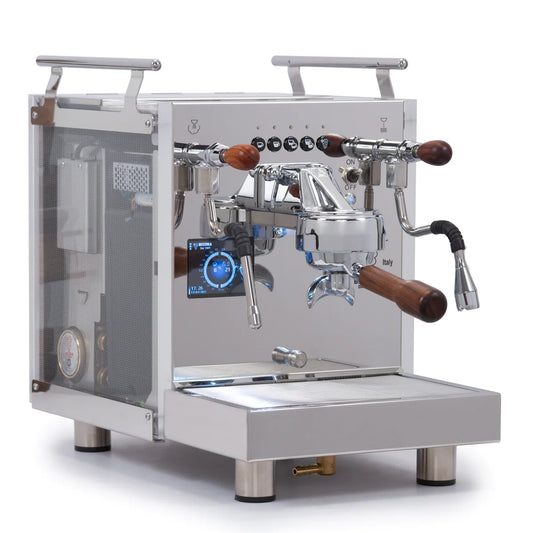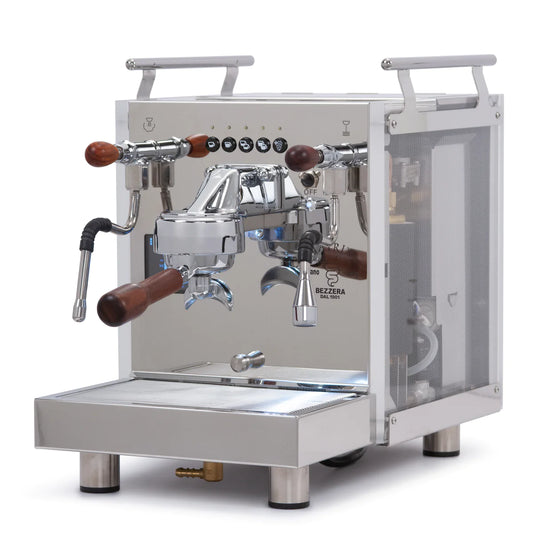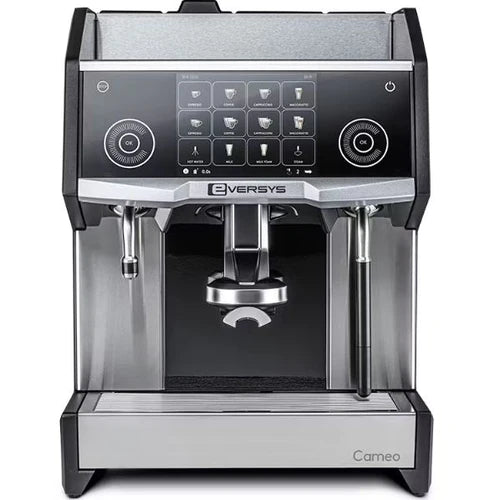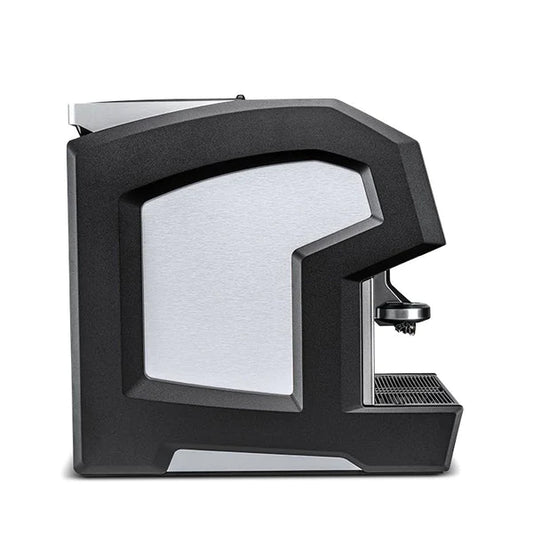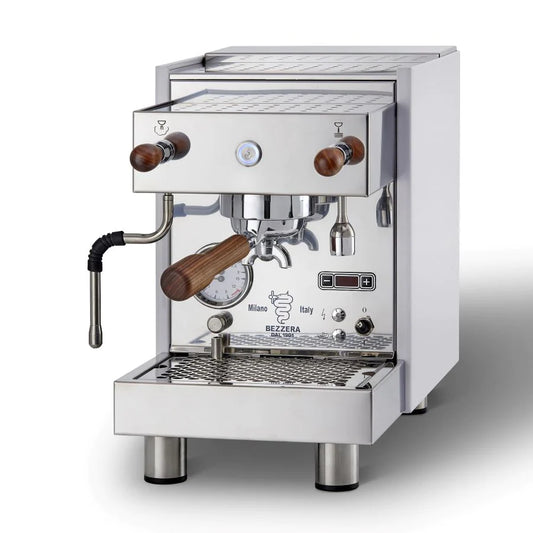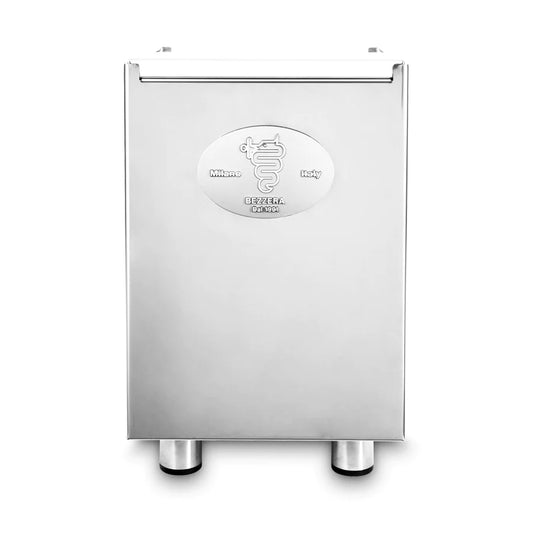The Ultimate Guide to Coffee Flavor: How Temperature and Time Affect Your Brew
Table of Contents
- Key Highlights:
- Introduction
- The Science Behind Coffee Flavor Dynamics
- The Coffee Flavor Journey: How Tasting and Temperature Align
- Identifying the Tipping Point
- Keeping Each Sip Fresh: Strategies to Preserve Flavor
- The Takeaway: The Art of Timing in Coffee Enjoyment
Key Highlights:
- Coffee flavor peaks between 20 to 30 minutes after brewing, where a balance of acidity and sweetness is most perceptible.
- As coffee cools, volatile compounds responsible for aroma dissipate, leading to a decline in flavor quality.
- Reheating coffee in the microwave alters its chemical composition, often resulting in undesirable taste changes.
Introduction
For many, coffee is more than a morning ritual; it’s an essential aspect of daily life, inviting moments of pleasure and clarity amid busy routines. Yet, how often do we consider the evolution of coffee’s flavor after that initial pour? Understanding how temperature and time impact the sensory experience of coffee opens doors to a deeper appreciation of this beloved beverage. A recent experiment sheds light on these dynamics, detailing how brewing methods, cooling, and reheating processes intertwine to affect our coffee’s taste profile. Here, we delve into the scientific principles governing coffee flavor and provide practical insights to elevate your coffee-drinking experience.
The Science Behind Coffee Flavor Dynamics
At the heart of coffee's flavor profile lies a complex interplay of volatile components and thermal dynamics. As soon as coffee is brewed, the clock begins ticking—a countdown that affects how we perceive its flavor. Coffee aficionados often find that waiting for just the right moment can reveal hidden layers of taste. But what happens within that critical window?
The Role of Volatile Compounds
Volatile compounds, such as lipids, amino acids, and chlorogenic acid, play a pivotal role in a coffee's sensory profile. According to Dr. Christopher Hendon, an associate professor of chemistry, several factors influence these compounds, including bean variety, roast profile, grind size, brewing method, and even the water used in preparation. As coffee cools, these volatile compounds start to dissipate, diminishing the aroma that contributes significantly to flavor perception.
When we drink coffee, the experience is not limited to taste alone but is heavily influenced by our sense of smell. Aromatics contribute to what we call flavor through a process known as retro-nasal olfaction. Essentially, flavors evolve as we inhale aroma while sipping. Hence, the aroma compounds dissipating as the temperature drops lead to a significantly altered experience.
The Impact of Temperature on Perception
Temperature is another crucial factor affecting our ability to taste coffee. Studies indicate that humans have difficulty discerning flavors at extreme temperatures. When coffee is either very hot or cold, the range of flavors we can detect is limited. Hendon notes that the optimal temperature for tasting coffee lies near body temperature (around 98.6°F), where both sweetness and more complex flavors can be fully appreciated.
Chlorogenic acids found in coffee impart bitterness, which accentuates far better at high temperatures, while more delicate flavor notes emerge as coffee cools—creating the dual-edged sword of flavor perception. The ideal sipping temperature may vary based on factors such as bean origin and roast level, leading to fluctuations in flavor clarity.
The Coffee Flavor Journey: How Tasting and Temperature Align
To understand the transformation of coffee flavor over time, a systematic tasting analysis was conducted, examining how various temperatures impact the sensory experience.
Experimental Setup
In this experiment, a meticulously brewed batch of coffee was tasted at 10-minute intervals for the first hour, then again at the one-hour and two-hour marks. A controlled environment ensured that external factors did not skew results, allowing for accurate temperature readings and tastings.
The coffee chosen for this experiment was a blend from Kin Kin Coffee, specifically crafted to highlight a spectrum of flavors. By pouring the brewed coffee into a standard mug, the impact of mug size and shape on cooling was minimized, affording more reliable findings on flavor shifts.
Tasting Notes and Temperature Analysis
Here’s an overview of the coffee’s temperature, tasting notes, and observations during the experiment:
| Time | Temperature | Tasting Notes |
|---|---|---|
| 0:00:00 | 157°F | Flavor was balanced yet overly hot; needed cooling before optimal tasting. |
| 0:10:00 | 125°F | Noticed enhanced acidity and sweetness, lending a pleasant mouthfeel reminiscent of bright fruit. |
| 0:20:00 | 110°F | Flavor complexity peaked, embodying a dynamic character with an impression similar to sparkling grape juice. |
| 0:30:00 | 102°F | A shift towards bitterness began, though sweetness and acidity remained prominent. |
| 0:40:00 | 95°F | Caramel notes emerged clearly, showcasing how temperature reveals different flavors. |
| 0:50:00 | 91°F | Conclusion of sweetness, but flavors predominantly shifted towards flatness, indicating loss of vibrant notes. |
| 1:00:00 | 85°F | Transformation noted from sweet to flat cola, lacking complexity. |
| 1:30:00 | 76°F | Flavors became bland, with minimal engagement—bored palate described. |
| 2:00:00 | 71°F | A cold cup, flavors dull and uninviting—serving as a reminder of coffee's temporal delicacy. |
Insights From the Experiment
Initial tastings highlighted a significant drop in temperature—believed to occur swiftly, with coffee cooling rapidly during the first ten minutes. Favorable flavor balance was observed between 20 to 30 minutes after brewing, yielding the most nuanced and enjoyable drinking experience.
This timeframe represents a critical phase in appreciating the full flavor spectrum of coffee, where dynamic acidity and sweetness that characterize well-brewed coffee shine.
Identifying the Tipping Point
Does Time Determine Quality?
While the above experiment focused on freshly brewed coffee, it raises a salient question: is there a definite threshold after which coffee flavor declines sharply? The simple answer is nuanced; it varies by coffee origin, processing methods, and individual preferences regarding flavor profile.
Quality of brewing tools and ingredients dramatically affect this timeframe. In essence, without high-quality beans and precision brewing techniques, even the most beloved coffee varieties can quickly devolve into an undesirable experience.
It's also noteworthy that different coffee varieties possess unique profiles that dictate how they hold up under changing conditions. Lighter roasts may highlight floral and fruity flavors better at lower temperatures, while darker roasts may exhibit more pronounced bitterness as they cool.
Keeping Each Sip Fresh: Strategies to Preserve Flavor
Practical Approaches for Coffee Lovers
Given the understanding that time and temperature dramatically influence coffee flavor, several practical strategies can help maintain the quality of coffee as it cools.
-
Preheat Your Mug: Warming your coffee cup before pouring the coffee ensures the drink remains hotter for longer, reducing rapid cooling.
-
Covering Your Mug: A lid or cover can help trap heat effectively, minimizing the exposure to the cooler air in the environment.
-
High-Quality Equipment: Investing in quality brewing equipment such as temperature-controlled mugs can provide much-needed consistency in maintaining optimal coffee temperatures.
The Microwave Conundrum: Reheating Coffee
As loved as the microwave is for its convenience, reheating coffee presents its challenges. While it may return a warm cup to hand, the chemical alterations from microwaving often compromise its original flavor profile.
Hendon explains that microwaving excites OH bonds in water, thus affecting the other compounds in coffee. When chlorogenic acids break down into more bitter derivatives, it can lead to unpleasant, altered flavors that do not replicate the freshly brewed experience.
Experiments with Reheating
To further explore this phenomenon, an experiment was conducted to measure flavor changes in reheated coffee. The coffee was microwaved for 45 seconds and tasted immediately. Despite returning warmth, the reheated coffee was found to harbor odd “cooked” notes, reminiscent of artificial sweetness rather than the complex flavors associated with its freshly brewed state.
The Takeaway: The Art of Timing in Coffee Enjoyment
In the grand tapestry of coffee culture, flavor should be carefully experienced and savored, allowing enthusiasts to appreciate the intricate subtleties and transformations it undergoes.
The ideal coffee experience encompasses timely consumption, where sensory engagement peaks at specific temperatures. Although ideal sipping is around 20-30 minutes post-brew at 110°F, maintaining quality involves more than just timing; it requires understanding temperature's role and ensuring the best practices are in place during preparation.
Every cup can be a flavorful journey, and the best adventures happen when coffee drinkers embrace the dynamic magic of their brew—the way it dazzles their palates and comforts them on every sip, both hot and cold.
FAQ
Q: How long can coffee be left before it loses its flavor?
A: Coffee typically prefers to be consumed within 20-30 minutes after brewing for optimal flavor. After this time, volatile compounds dissipate, and flavors may become stale.
Q: Is reheating coffee recommended?
A: While reheating coffee can restore warmth, it often alters the flavor profile and may produce undesired notes.
Q: What is the best temperature for drinking coffee?
A: The optimal temperature for enjoying coffee is around 140°F, balancing warmth with the ability to taste a full range of flavors.
Q: How can I maintain my coffee's flavor as it cools?
A: Preheating mugs, using lids, and investing in temperature-controlled mugs are effective strategies for preserving flavor.
Q: How does the quality of coffee affect its flavor longevity?
A: Higher quality beans and better brewing methods will help ensure that coffee remains enjoyable for a longer duration, even as it cools.



